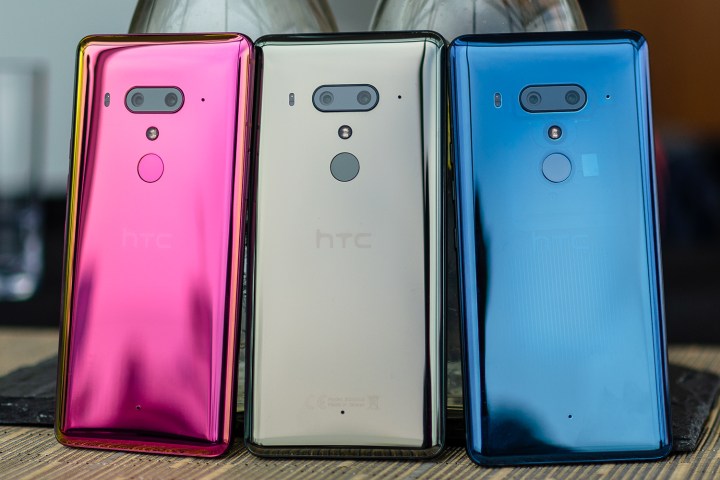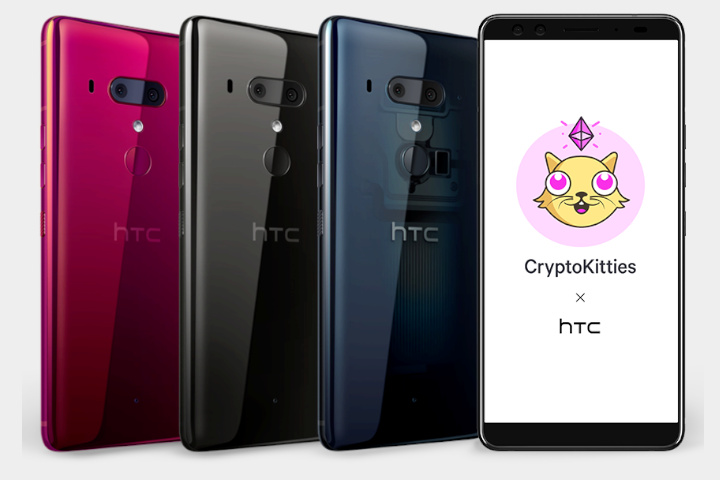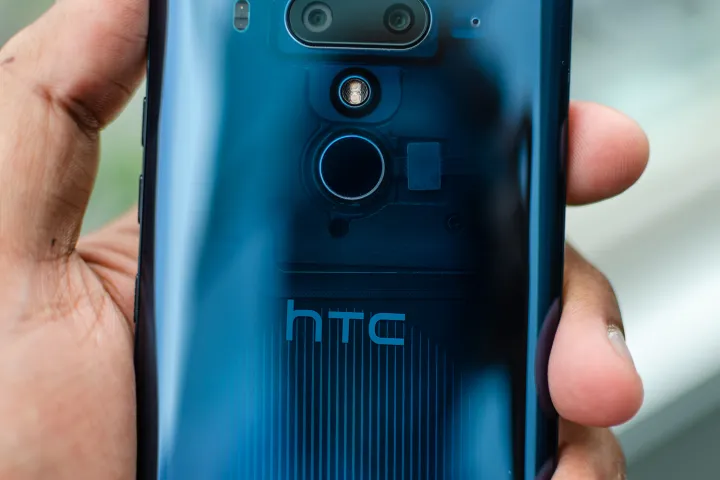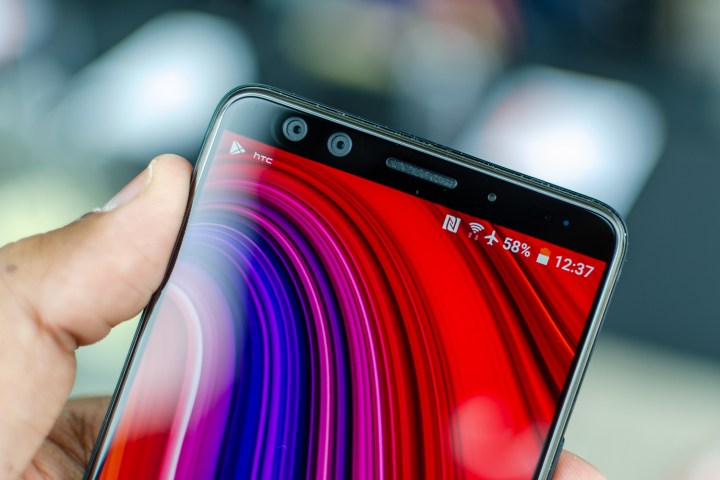
HTC has put out two great flagship phones in consecutive years with the HTC 10 and HTC U11. Now, the Taiwanese company is looking to continue that streak with the newly announced HTC U12 Plus, its flagship phone for 2018. But what does the new device have to offer? Here’s everything you need to know about the HTC U12 Plus.
You can check out our HTC U12 Plus hands-on review to learn more about our impressions of the phone.
Updates
HTC U12 Plus now available in Flame Red

The HTC U12 Plus is now available in Flame Red. The new Flame Red edition of the U12 Plus has a color-shifting surface that changes depending on lighting conditions. It’s available to order now on the HTC website and should begin shipping in September.
Popular CryptoKitties mobile app will debut on the HTC U12 Plus

CryptoKitties, the popular blockchain-based collectible kitty breeding game, will be bringing out a mobile app before the end of 2018, and that app will debut on HTC’s U12 Plus before any other phone.
According to a post on HTC’s U.S. website, the CryptoKitties mobile app will be exclusive to HTC, and it’s unclear how long the exclusivity deal will last. We have reached out to CryptoKitties for clarification. Other sources have also intimated that the app will only be available in the U.S., and it’s also unclear if the app will be coming to other markets, and if so, whether HTC’s exclusivity deal will continue in those areas.
The U12 Plus won’t be the only HTC phone to receive the CryptoKitties app either — blockchain-based phone the HTC Exodus will also be receiving the app.
Design and display

Images and renders of the HTC U12 Plus leaked heavily in the past few months, and it turns out those images were accurate. HTC is reusing its Liquid Surface design that it introduced last year, which adds subtle color changes in layers of glass on the rear. This means the color slightly changes when the glass back catches the light.
This year, there are three color versions of this Liquid Surface design: Flame Red, which will be available later this year; Translucent Blue, where you can see some of the internal components on the rear; and Ceramic Black.
Starting on the back, the phone resembles LG’s V30
Over on the front, HTC has added a much larger display over the HTC U11. Yes, the bezels surrounding the screen are thinner than ever before, but they’re not as skimpy as bezels on other flagship phones. You may just be satisfied that there’s no notch at the top.
Speaking of the display, it’s a 6-inch Super LCD display with a resolution of 2,880 x 1,440. That resolution on the 6-inch screen size equates to a pixel density of 537 pixels-per-inch. We would have liked to see HTC adopt OLED technology, but LCD should be more than satisfactory. On the front, you may also have noticed dual front-facing cameras. The additional camera helps with Portrait Mode selfies, but more on that later.
There are two speakers — one in the earpiece and one bottom-firing speaker. HTC is still utilizing its “BoomSound” audio technology, and hopefully, that means better sound than ever before. The phone is water-resistant, coming in with an IP68 rating, which means it should survive in the dip in the pool.
HTC has brought back Edge Sense for the U12 Plus, meaning that you can set different functions for when you squeeze the phone, depending on how hard you squeeze. The company has also introduced a new gesture — you can double-tap each side of the phone. By default, this will put the phone into one-handed mode, though you can change it to whatever you want.
What’s unique is the buttons on the U12 Plus are not mechanical — the power and volume buttons stick out of the phone, but you can’t push them down. They’re digital, or touch sensitive, so just tap them and you should be able to achieve the same function. It’s the first time HTC has used digital buttons, and the company said it should help with water resistance.
Specs and camera

Under the hood, the HTC U12 Plus is powered by a Qualcomm Snapdragon 845 processor, along with 6GB of
Then there’s the camera, and on paper it has a lot to offer. There are two cameras on the rear, with one 12-megapixel lens with an aperture of f/1.75, and one 16-megapixel telephoto lens with an aperture of f/2.6. The camera also has features like phase detection and laser autofocus, along with an optical zoom of up to 2x and digital zoom up to 10x. It also has “bokeh mode in real time,” which is similar to the Portrait Mode found on the
Key Specs
- CPU: Qualcomm Snapdragon 845
- Memory: 6GB
- Storage: 64/128GB
- MicroSD storage: Yes, up to 2TB
- Screen size: 6 inches
- Resolution: 2880 x 1440
- Connectivity: Bluetooth 5.0, NFC
- Battery: 3,500mAh
- Size: 156.6 x 73.9 x 8.7-9.7 mm
- Weight: 188g (6.63oz)
- Operating system: Android 8.0 Oreo
The front-facing camera has two 8-megapixel sensors with an aperture of f/2.0, and it too boasts bokeh mode, which is perfect for selfies. HTC says you can also use the phone for facial unlock, though, like other Android phones, the feature is meant for convenience and not security. There are also augmented reality stickers built into the camera app, and these are similar to Snapchat filters.
The battery on the phone sits in at 3,500mAh, and the phone supports Quick Charge 3.0 — meaning it can charge up to 50 percent in 35 minutes. It does support Quick Charge 4.0, but you’ll need to buy the appropriate adapter and cable yourself.
When it comes to software, the phone ships with Android 8.0 Oreo — but HTC says it will update the phone to Android P once the new operating system is available. Generally, HTC ships a fairly stripped back version of
Price and availability

The phone is available now, with the Translucent Blue version of the phone starting at $800 for the 64GB version and $850 for the 128GB version. The Ceramic Black model is also available for $800 for 64GB. You can also finance the phone for $34 per month for 24 months. It’s certified to work on AT&T, T-Mobile, and Verizon.
Updated on August 17, 2018: The HTC U12 Plus is now available in Flame Red.






